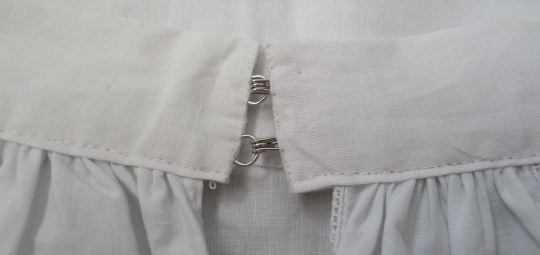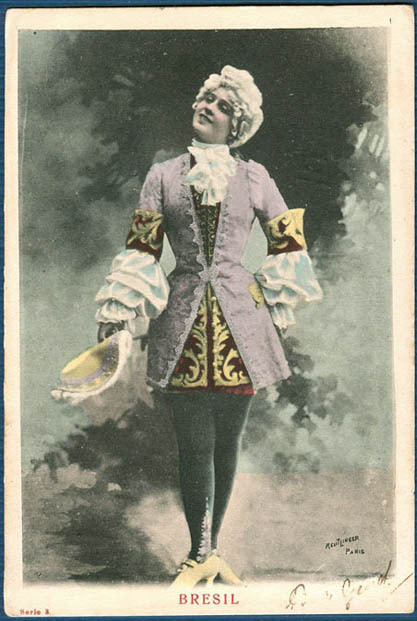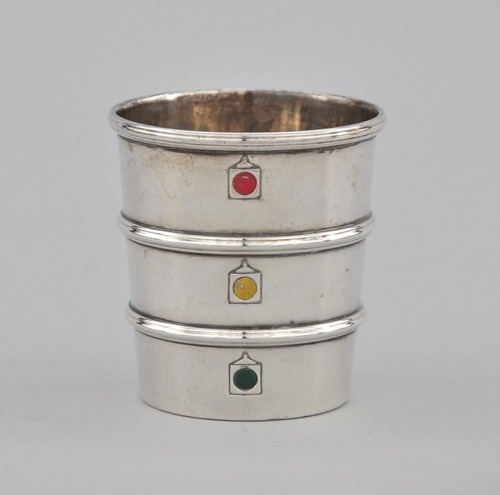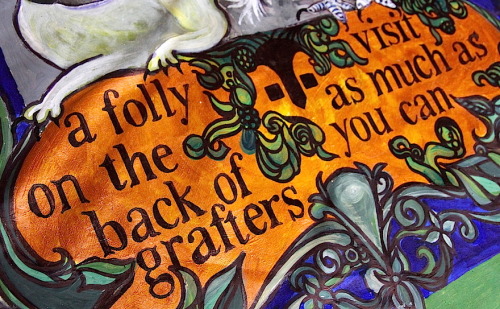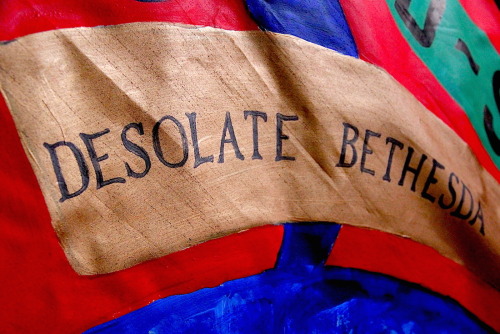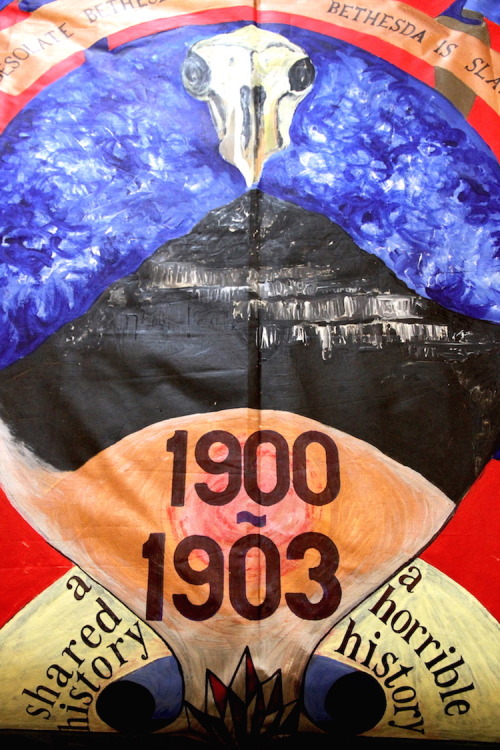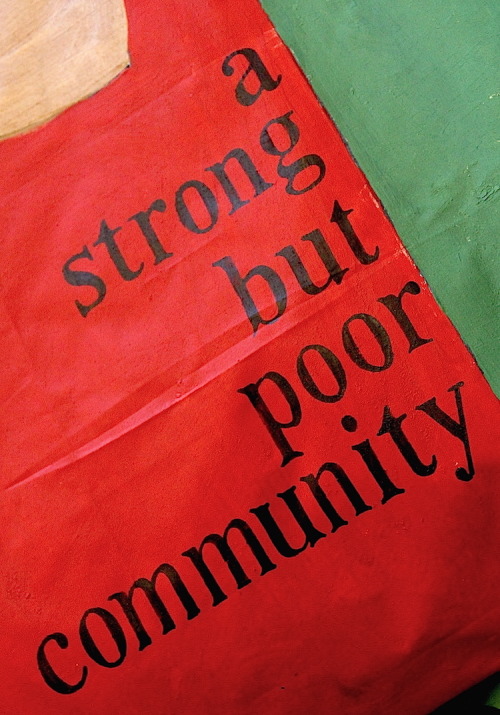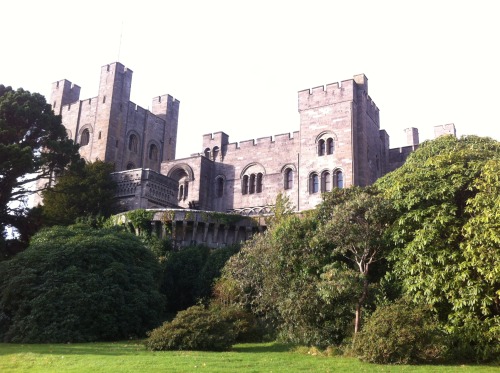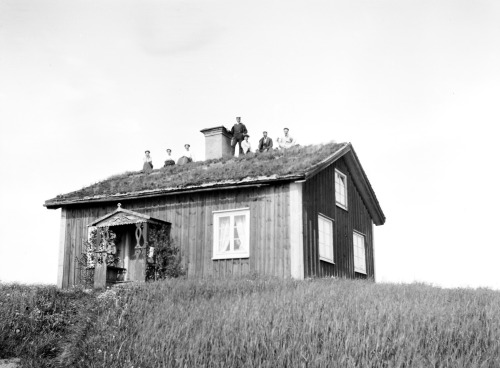#early 1900s
Karl Andreyevich Fischer**:: Russian stage actress Maria Germanova as The Witch, in Konstantin Stanislavski’s production of Maurice Maeterlinck’s play ‘The Blue Bird’ [Maeterlinck, Maurice, 1862-1949. Oiseau bleu. RussianMoskovskiĭ khudozhestvennyĭ akademicheskiĭ teatr], at the Moscow Arts Theatre, 1908. | src The New York Public Library
related posts, here
** Photographer’s name on verso of the postcard: “К. Фишер Mockba”
Post link

“Girl in Straw Hat”, 1903, Pierre Bonnard.
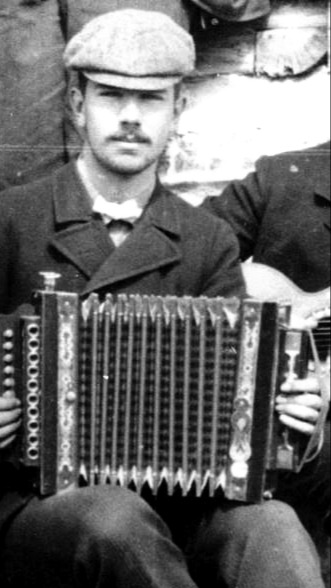
Young Prince Gustaf Adolf of Sweden plays accordion, early 1900s.





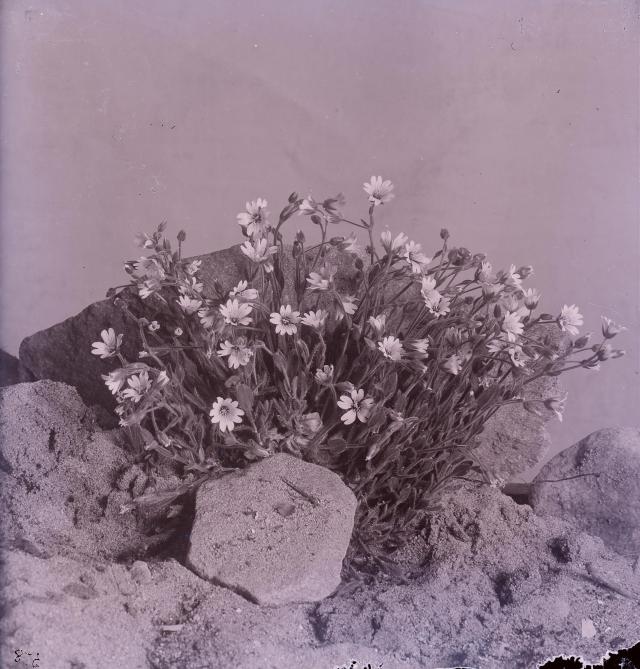

Glass Negatives of Plants by Geraldine Moodie, 1906-1909
‘Strike Penrhyn’ (2016) / installation detail
Trade Union banners display ‘first person’ responses shared by volunteers, community members and former quarrymen alongside a ton of slate from the local quarry in Bethesda, North Wales.
The following documentary is also included:
https://vimeo.com/robynwoolston/strikepenrhyn
Location:
National Trust / Penrhyn Castle, Bangor, Wales.
http://www.nationaltrust.org.uk/penrhyn-castle
Exhibition open until 2nd October 2016
Post link
It has been so long since I wrote a post and I apologize, I’ve had some sort of creative block and have attempted to write about many different topics but ended up deleting everything because I just didn’t like it. But now I’ve finally found some inspiration again! I started watching Z - The Beginning Of Everything today as The Great Gatsby is one of my favorite books of all times (it’s just so beautifully written!) and since the show takes place in 1918 (with pretty accurate costumes so far but I’m only on episode 3 so I can’t say too much about it) I’ve spotted some late Edwardian-ish dresses that have made me fall in love with the time period all over again. Obviously, Zelda is a very modern girl for her time so she wouldn’t be wearing them but some of the ladies around her were. But either way, I am not here to talk about the costumes on the show but rather about my plans to make something late Edwardian at some point!
As you may or may not know, I am actually not sure if I’ve ever mentioned it before, I’ve actually attempted making an Edwardian blouse before and failed miserably. The white georgette I was going to use now doubles as my fichu for the Robe à la Polonaise. So ever since then I’ve kind of set the plans aside to make anything Edwardian because there are so many details and after my failure I am terrified of using such dainty fabrics. But now that my cousin is engaged I’ve been wondering if I could slightly modernize an Edwardian dress and… wear it to the wedding?
I definitely love the idea of showing up in full 1910 attire but knowing myself I would feel very out of place and stick out like a sore thumb so I want to make something that works for me and for the occasion.
I don’t have a specific design in mind just yet, but I have gathered some inspiration on Pinterest.




Now, most of those stereotypical Edwardian gowns that I love so much are white, but wearing white to a wedding is not something I wanna do so I’m going to be opting for something pastel, maybe a light blue or green? I have to keep in mind that the event is going to be in more than a year’s time and I’ve recently dyed my hair red and I don’t know if I’m still going to have red hair, so I have to be prepared and wear something that matches everything. That rules out pink (which is giving me nightmares right now, I have so many pastel pink shirts in my closet that I can’t wear because it doesn’t look good anymore!!) but I love that champagne-y slightly rose color in the second picture.
I think I’d go for post 1914 for the length, so not floor length but ankle or mid calf. I especially love this as a potential layer:

I love the frills, the lace, the daintiness of Edwardian clothing so much I think it’s my favorite fashion time period. But there’s so much planning that has to go into it, especially since I’ve never successfully made anything Edwardian before and then it has to be modernized so I most certainly won’t find a pattern anywhere. But most importantly, how can I make it work without wearing a corset? (wedding meals… I know it’s possible but I’d rather not…). Maybe I can work my way around it with just a pouffy corset cover and some padding in the right places.
Maybe I’ll try to make a few sketches soon just to go through some ideas!
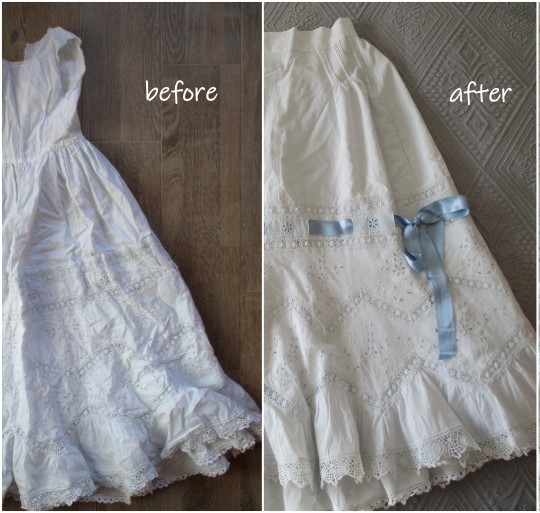
El mes pasado compre este vestido de niña en un mercadillo de segunda mano en Barcelona pero en realidad se trata de una antigua enagua transformada que le cosieron un cuerpo de niña. Si te fijas el propio ‘faldón’ tiene varios pliegues para reducir su longitud.

Tras descoser todos estos pliegues y el cuerpo, tocaba reducir la cantidad de tela en la cinturilla, así que cosí unas pequeñas lorzas en la parte anterior y fruncí el resto de la tela para la parte posterior.

Por último, saque el patrón de cinturilla haciendo una pequeña curva en la parte delantera para que visualmente enfatice más la cintura.
